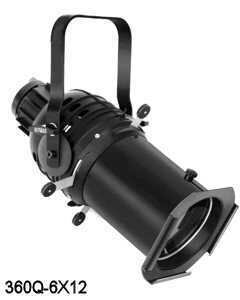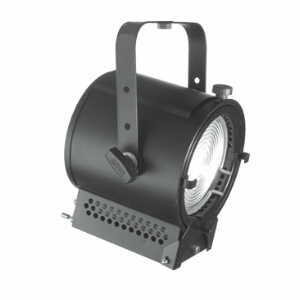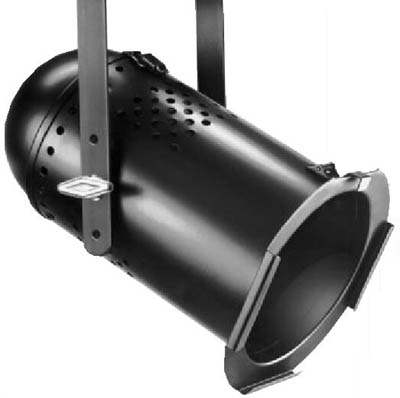I am a band director in our public school system. As of this year, I am in a newly created Auditorium Manager position. This position was created mainly because of scheduling nightmares that had been occuring. I have been running the lights and sound for our school's concerts for the past 17 years, but I know just the very basics and enought to make things work for the concerts - nothing fancy. I can set up our sound equipment and patch in lights to the board. Though, if things go wrong with the equipment, I have to contact our technology coordinator and hope he can/will fix them.
Our lighting equipment (including the board) is old, but they work. How do I know what kind/style of stage lights we have? How do I know which bulbs are supposed to be used in those lights? A custodian has changed the bulbs in the past, but when I went to change some bulbs last month, the old bulbs had bubbled in the fixtures to the point where they had created a hole in the bulb and then the glass section of the bulb just pulled out of the base, leaving the base in the socket. One of the bulbs had actually exploded in the light fixture. The custodian came to help me at this point, and the new bulbs he put in the fixtures seemed awfully big for those fixtures. He said they were the bulbs he always used for those lights. How do I know if we are really using the right bulbs? I need to order some new bulbs, but I don't want to order the wrong ones just because "they're what we've always used". All I really have to go off of is his word - no one else on staff knows anything about the lights, and we have no manuals around.
ANY suggestions you would have for me would be greatly appreciated.
Our lighting equipment (including the board) is old, but they work. How do I know what kind/style of stage lights we have? How do I know which bulbs are supposed to be used in those lights? A custodian has changed the bulbs in the past, but when I went to change some bulbs last month, the old bulbs had bubbled in the fixtures to the point where they had created a hole in the bulb and then the glass section of the bulb just pulled out of the base, leaving the base in the socket. One of the bulbs had actually exploded in the light fixture. The custodian came to help me at this point, and the new bulbs he put in the fixtures seemed awfully big for those fixtures. He said they were the bulbs he always used for those lights. How do I know if we are really using the right bulbs? I need to order some new bulbs, but I don't want to order the wrong ones just because "they're what we've always used". All I really have to go off of is his word - no one else on staff knows anything about the lights, and we have no manuals around.
ANY suggestions you would have for me would be greatly appreciated.





